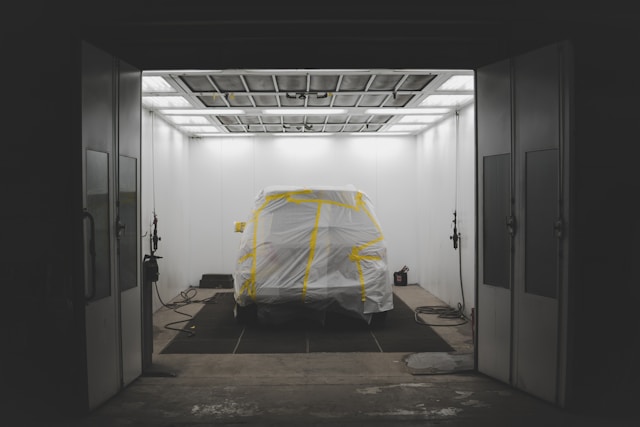Many do-it-yourself projects can be worthwhile, cost-effective, and gratifying. But tackling your car’s paint job is one project that should be left to professionals.
A professional paint job will protect your investment and enhance your vehicle’s value. But is it worth the initial investment of time and money?
Skills
The cost of professional-grade paint and car restoration products can be prohibitive for many DIY enthusiasts. This is especially true for those attempting to restore vehicles with extensive damage or requiring multiple repairs before painting.
Professional-grade equipment ensures consistent results and long-lasting durability. In addition, reputable auto detailers have access to knowledge and expertise regarding proper techniques for various types of paint correction. This ensures that your vehicle’s new paint job will be free of unsightly swirl marks, blemishes, and other imperfections.
DIY automotive painting offers several benefits, including cost savings, artistic freedom, and learning valuable automotive skills. However, it’s essential to consider the time commitment, skill, and risk involved before embarking on such a project. A professional-grade car paint Fort Worth TX service may be better for those with limited time, patience, and skills.
Cost
When you choose professional paint services, you can rest assured that the price tag will not be inflated and that all costs are transparent. Plus, reputable businesses will provide warranties and guarantees for their work.
DIY projects may seem cost-effective in the short term but can lead to subpar results and damage. Plus, all the necessary equipment and materials can add up to a substantial bill.
Embracing the DIY spirit can be rewarding and educational as you learn valuable automotive skills. However, it would help if you prioritized research and education on the proper techniques for surface preparation, painting, and clear coats. Additionally, you must ensure that your workspace is suitable for ventilation and protection from factors that can ruin wet paint, including dust, dirt, and leaves. Ultimately, this project requires a lot of time and patience, so it is essential to consider your availability before committing. This will help you make the right choice for your vehicle and personal circumstances.
Time
The DIY route can be time-consuming, especially for novices. It can take days or weeks to prepare the car for painting, apply the paint, and cure it. Besides time, you’ll need to dedicate space to the project and protect it from factors that can ruin wet paint.
Painting yourself will give you a good learning experience, particularly on surface preparation and paint application. It will also enable you to customize your car and creatively express yourself.
However, the time needed to complete the project is a huge drawback for many people. Additionally, misusing paint products can cause damage that will cost you a lot of money to fix. Professional services eliminate the risk of such mistakes and provide a warranty on their work, saving you time and money. They also offer high quality and precision that DIYs can’t match. This results in a superior and more appealing finish.
Equipment
Painting a car requires the right equipment for a job well done. This can include an air compressor, spray gun, sanding equipment, and polishing tools. It also includes proper surface preparation, which may require the purchase of specialty rubbing compounds and long-lasting waxes. In addition, DIY painters must have a safe workspace with ample room to move around the vehicle and allow time for the paint to dry correctly.
DIY painting can be a rewarding project that saves money and allows artistic freedom. It can also provide valuable experience and enhance automotive skills, but it must be approached carefully considering your circumstances and priorities. Professional auto painting is the best choice for optimal results, high resale value, and peace of mind.

